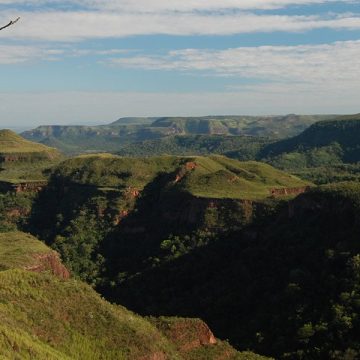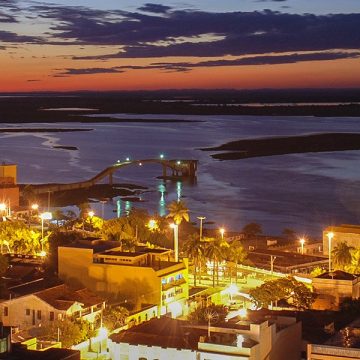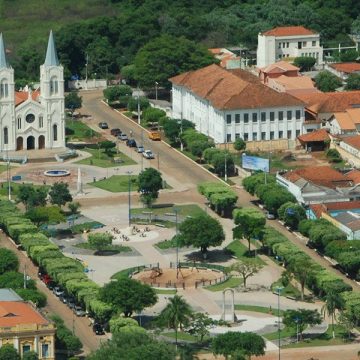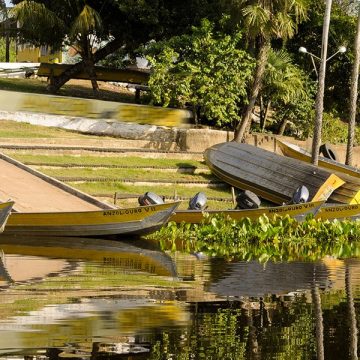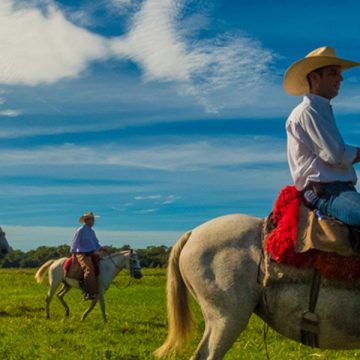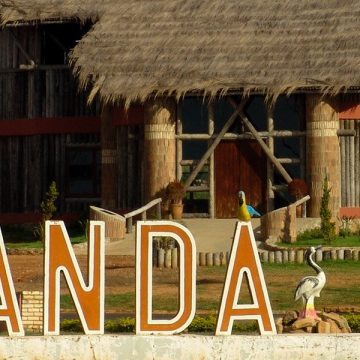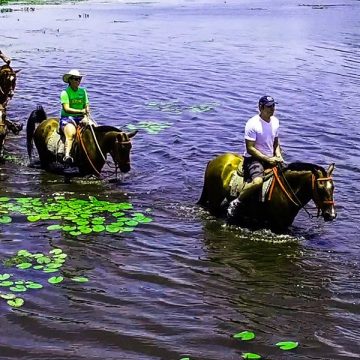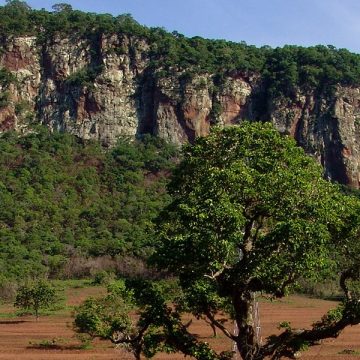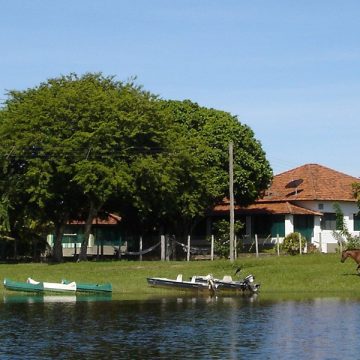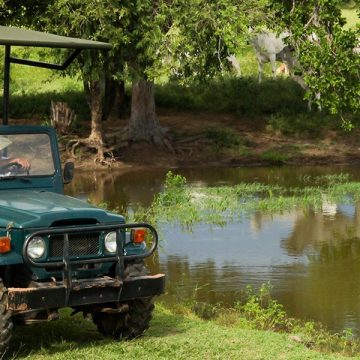PANTANAL
The Pantanal is the largest freshwater wetland area in the world, covering approximately 200,000 square kilometers, and it harbors one of the most impressive biological diversities on the planet. It is home to over 650 species of birds, 80 species of mammals, 50 species of reptiles, and 230 species of fish. This biome encompasses three major ecosystems – Pantanal-Cerrado (Brazil), Chiquitano Dry Forest (Bolivia), and Chaco (Paraguay) – characteristics that grant it the status of a Biosphere Reserve (UNESCO/2000). The Pantanal Protected Areas Complex (in Mato Grosso do Sul and Mato Grosso) is also listed as a World Natural Heritage Site (UNESCO/2000). It is considered the most preserved biome in Brazil.
Mato Grosso do Sul holds approximately 65% of the total Pantanal area and is considered one of the best destinations for wildlife appreciation in the world. It is one of the most sought-after Brazilian destinations for ecotourism enthusiasts in natural areas and is considered a true paradise for bird watchers and wildlife photographers.
Due to its geographic diversity, the Pantanal can be enjoyed by land or water throughout the year in its various regions. Ecological river cruises are unforgettable attractions for both families seeking contemplative experiences and enthusiasts of sport fishing (catch-and-release) on first-class hotel boats.
By land, the Pantanal can be experienced in farm hotels and rural lodges, some of which are centuries-old, offering programs such as daytime and nighttime photographic safaris, horseback riding, ecological trails with opportunities to learn about and immerse in the traditions of Pantanal culture, and especially to savor its delicious cuisine.
The Pantanal experiences can be mainly lived in the municipalities of Anastácio, Aquidauana, Miranda, Corumbá, and Ladário.



